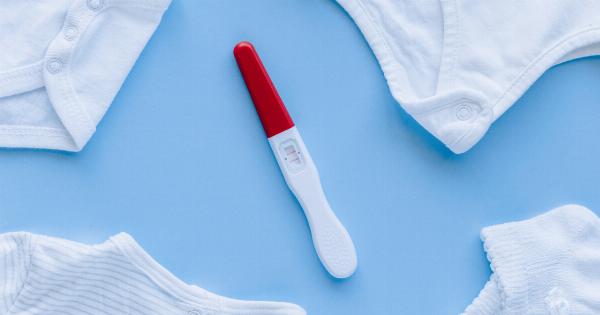Pregnancy tests play a crucial role in confirming whether you are expecting a baby or not. The prospect of waiting for that clear answer can be both exciting and nerve-wracking.
In this article, we will discuss the five essential things to know about pregnancy tests to help you understand how they work and when to take them. So let’s dive in!.
1. Understanding How Pregnancy Tests Work
Home pregnancy tests detect a hormone known as human chorionic gonadotropin (hCG) in your urine. This hormone is produced by the cells that form the placenta when a fertilized egg attaches to the uterus.
The concentration of hCG increases rapidly in the early weeks of pregnancy, making it detectable by an at-home test.
Most pregnancy tests use antibodies that specifically bind to the hCG in your urine, producing a positive result if hCG is present. The sensitivity of a pregnancy test refers to how early it can detect hCG in your urine.
2. When to Take a Pregnancy Test
Timing plays a crucial role in getting accurate results from a pregnancy test. Taking the test too early can lead to false negatives, where the test fails to detect the hCG hormone even though you may be pregnant.
It is recommended to take the test at least a week after your missed period as this will provide more accurate results.
If you can’t wait that long, there are early detection pregnancy tests available that claim to detect hCG in your urine even before your missed period.
These tests have a higher sensitivity and can detect lower levels of hCG, allowing for earlier detection of pregnancy. However, keep in mind that the accuracy of these tests may vary.
3. How to Take a Pregnancy Test
When taking a pregnancy test, it is important to carefully read and follow the instructions provided with the test kit. Here are some general guidelines to follow:.
- Collect your urine in a clean, dry container.
- Keep the test kit prepared and ready.
- Either dip the test strip into the collected urine or use a dropper to place a few drops of urine onto the designated area of the kit.
- Wait for the specified time mentioned in the instructions, usually a few minutes, for the results to appear.
- Read the results within the specified timeframe. Reading the results too early or too late may lead to inaccurate interpretations.
- Most tests provide results through color changes or lines appearing in the test window.
4. The Accuracy of Pregnancy Tests
Pregnancy tests have become increasingly accurate over the years, but there can still be variations in their results. The accuracy depends on various factors, including the sensitivity of the test, timing, and user error.
False negatives are more common than false positives and can occur due to testing too early or improper test administration.
If you receive a negative result but suspect you might still be pregnant, it is recommended to wait a few days and retest. If you continue having doubts, consult your healthcare provider who can perform a blood test to confirm pregnancy.
5. Consult Your Healthcare Provider
Pregnancy tests are wonderful tools for confirming pregnancy at home, but it is always wise to consult your healthcare provider for additional guidance and confirmation.
They can provide a more accurate assessment based on your medical history, symptoms, and possibly perform a blood test for confirmation.
Your healthcare provider can also guide you in understanding other crucial aspects of your pregnancy, such as prenatal care, diet, and lifestyle adjustments to ensure a healthy journey for both you and your baby.
Remember, pregnancy tests are an important step in confirming your pregnancy, but they are just the beginning of your exciting and life-changing journey. Stay informed, take care of yourself, and embrace this unique phase!.












